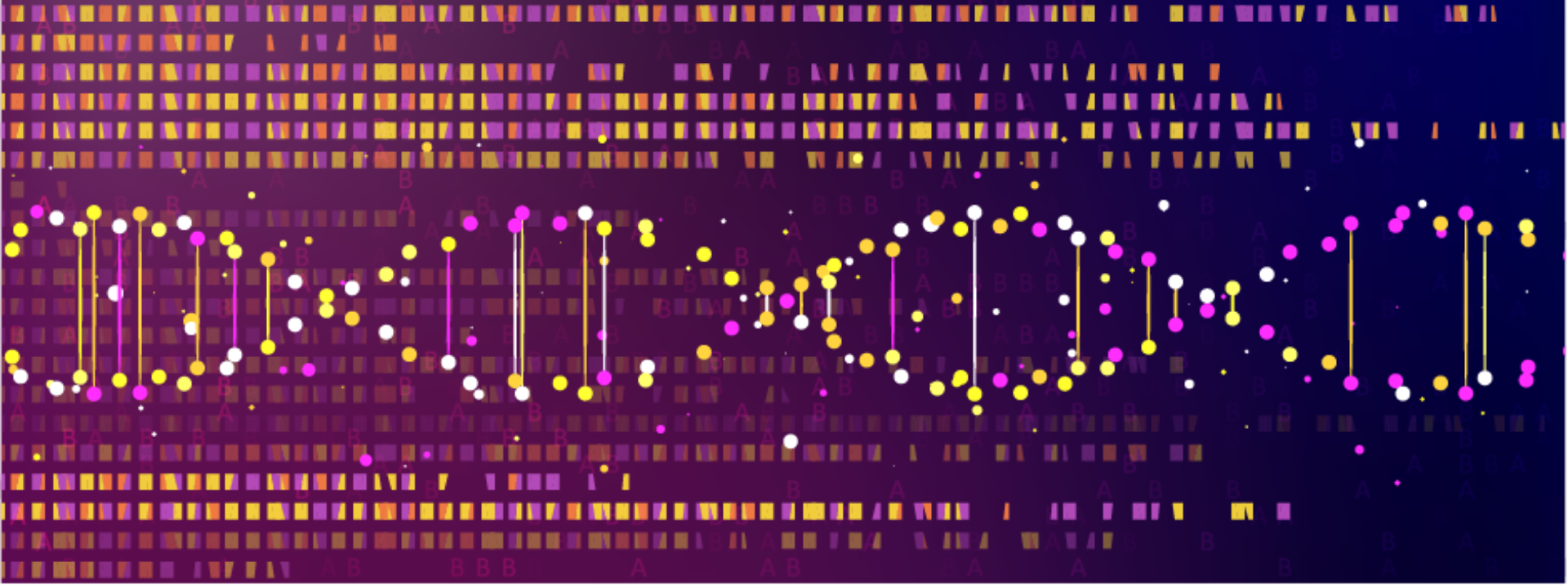Podcast: Q&A with John Stuelpnagel on Reading and Writing Genomes
Here at Inscripta, we’re fascinated by the parallels between the development of genome reading and what we’re working to enable with genome writing. Genome reading — better known as DNA sequencing — became possible in the ’90s, but it wasn’t until a decade later that next-generation sequencing really opened the floodgates for how scientists could use this method. Since then, countless organisms have been sequenced, and the applications made possible with sequencing technology expand all the time.
We believe genome writing — a key part of synthetic biology and genome engineering — will follow a similar trajectory. John Stuelpnagel, chairman of Inscripta’s board and the founder of Illumina and other well-known companies, sat down with Mendelspod host Theral Timpson for a podcast interview on this topic. As an industry leader who witnessed the shift from microarrays to sequencing, as well as the benefits from affordable genome reading, Stuelpnagel has a valuable perspective on the next evolution in this space.
Here are some highlights from the podcast.
The Big Picture
“We’re in the midst of a historical revolution, a biological revolution. This is the century of biology,” Stuelpnagel said. “We’re going to gain mastery over life, and it will have implications over everything we do.”
On CRISPR Today
“Where we are today is mostly doing those edits in a one-off way,” he said. “It’s not unlike where we were in the early and mid-1990s with DNA analysis technology … before genomics technologies took over, arrays and next-generation sequencing. That was the scale that changed the pace of discovery. I think the same thing will play out in gene editing.”
Why CRISPR Needs to Scale
“Single edits will help us predict certain things, but we’re only as good as our ability to predict, and we’re limited by our knowledge of biology. And all of that’s going to mean that we’re only going to explore small spaces of the complexity,” Stuelpnagel said. “To me, we need to provide the genomics-level tools to genome editing. And that’s [why] I’m excited about Inscripta.”
“As the costs of doing a gene edit are driven down, you can now afford to do things that you might not have thought to do before,” he added.
How DNA Writing and Reading Will Work Together
“I think the ability to both read and write and to have those in a virtuous cycle is really going to be critical to accelerating learning,” he noted. “What we’re doing with gene editing is designing and creating literally new organisms, and then phenotypically testing them [using] genomics data sets. … So I see, actually, a combining of traditional genomics, traditional gene reading, with this new field of gene writing.”
Head over to Mendelspod to hear the whole interview.

